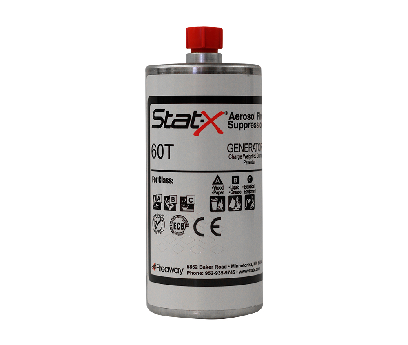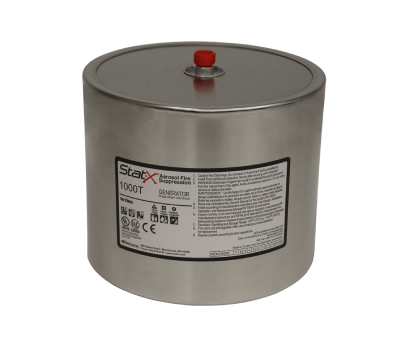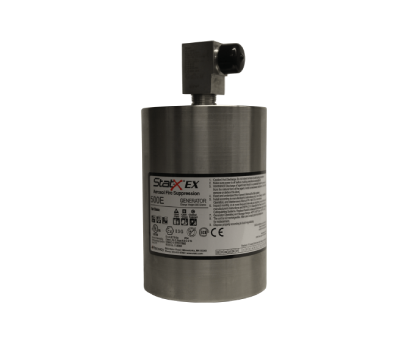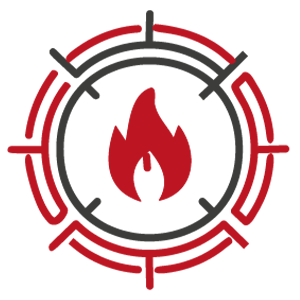
Extinction

EXTINCTION
Strategic planning for effective and regulatory protection.
Fire Extinguishing Systems Design
The design of fire suppression systems is a critical stage in the fire protection of any building. It consists of the technical and strategic planning of the systems necessary to detect, contain and suppress a fire in its early stages, minimizing damage to people, property and operations.
Phases of the Design Process
Calculation memory
and engineering.
Specifications
equipment techniques.
Regulatory compliance report.
Construction drawings and installation diagrams.
Essential pillars for effective fire protection.
DESIGN OBJECTIVES:
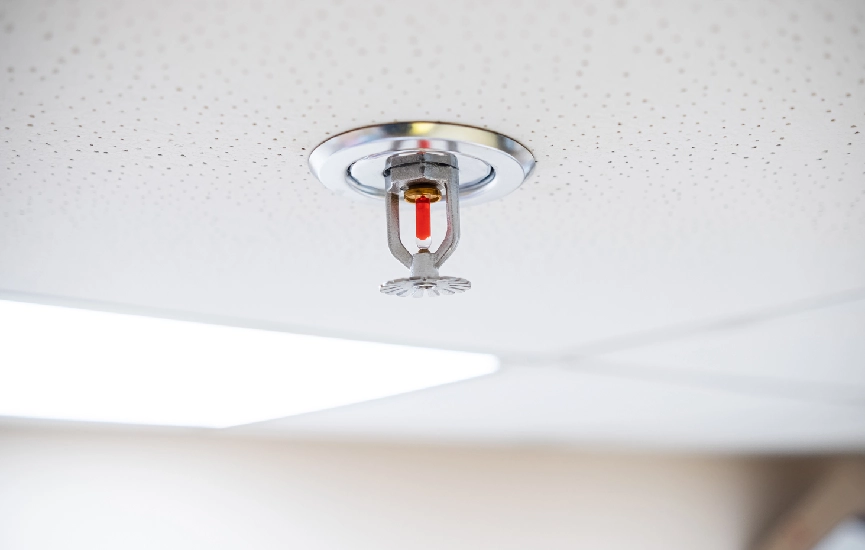
Tailor-made solutions to protect what matters most.
TYPES OF SYSTEMS DESIGNED
Condensed Aerosols Stat X:
Electrical rooms, diesel generators, transformers or areas with sensitive equipment.
CO₂ or foam systems:
For industrial kitchens, generator rooms, heavy machinery, etc.
Automatic sprinkler systems (sprinklers):
For general fire protection in commercial and residential buildings.
Clean agent systems (FM-200, Novec 1230):
For data centers, electrical rooms or areas with sensitive equipment.
Manual or portable systems:
Strategic design of location and coverage of fire extinguishers.

